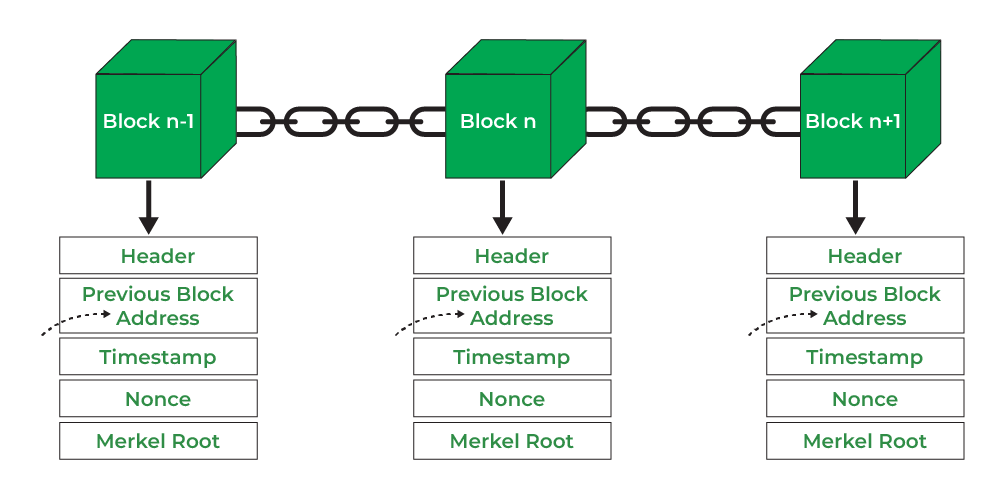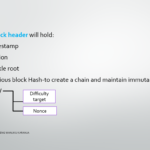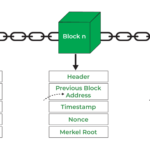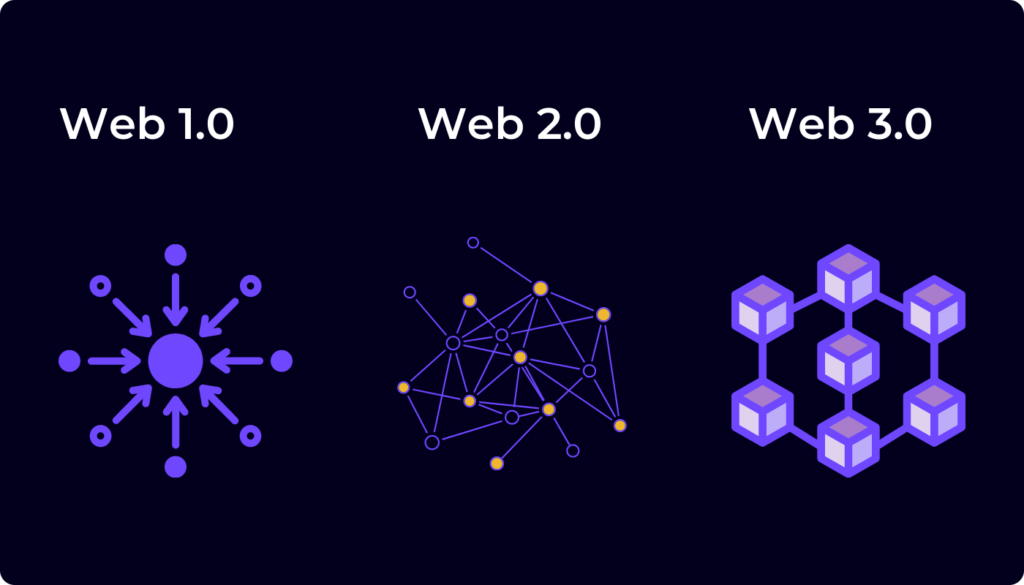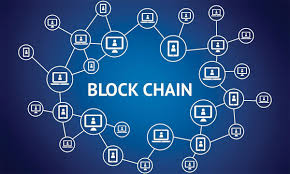- Blockchain is basically a data base A block hence is created from a group of data, and the data will include things like from, to and details of the money info.
- The most famous blockchain is the public blockchain in which the example is BITCOIN. We use BTC to send money so each block will have details like FROM, TO and MONEY INFOR.
- Since we shall have multiple and many blocks, we shall need a way to differentiate them. This now brings about BLOCK HEADER
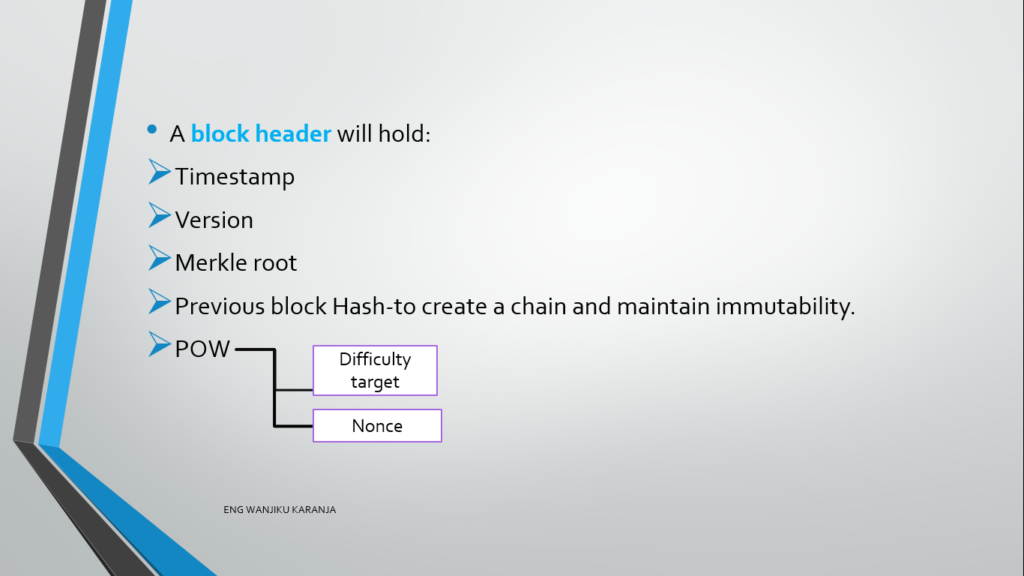

1.PUBLIC BLOCKCHAIN.
A public blockchain is a decentralized, distributed ledger that is open to anyone who wants to participate. It allows any individual to join the network, read, write, and validate transactions, ensuring transparency and decentralization. BTC is a good example of the public blockchain.
2.PRIVATE BLOCKCHAIN.
A private blockchain is a type of blockchain that operates under restricted access, where only a specific group of participants can join the network, validate transactions, and maintain the ledger. This controlled environment offers more privacy and efficiency compared to public blockchain.
3.FEDERATED BLOCKCHAIN.
A group of people o a group of companies coming together to create their own blockchain. This has someone who leads it and you will be knowing everyone in the group <nodes>.
• Overall the best blockchain is the public blockchain since its open source and more secure since it uses POW.
•Federated and private do not use POW since all the entities are known.
CONSENSUS IN BLOCKCHAIN
Every time you change something in the blockchain, or if you want to add a new block, it has to be validated and without validation you cannot add a block.
POW says it takes at least 10 mins to add a block in a blockchain ,this means if you want to alter data it will be time consuming and hectic.
Secondly, your blockchain will not be stored in one computer, rather on multiple machines, so every machine in a blockchain network will have the copy of the blockchain.
This means for e.g. if you have 10 people ,and you want to add a block, it must be verified by the 10 people. So everyone will come to a consensus to add that block to the blockchain, this is called CONSENSUS ALGORITHM.
So to change or manipulate data into blockchain you will need a super computer, and 50% majority of the blockchain network to be in consensus to validate that which is impossible.
Lastly, every block will have the hash value of the previous block , but what about the first block???
The first block is known as a GENESIS BLOCK. Its previous hash value is 0<zero> cus we don’t have any block before that.
Therefore, Consensus algorithm can be defined as fundamentals to blockchain technology that ensure that all participants in a decentralized network agree on the state of the blockchain.
These algorithms enable a trustless consensus meaning that participants do not need to trust each other or a central authority.
TYPES OF THE BLOCKCHAIN CONSENSUS
Proof Of Work<POW>
Proof Of Stake<POS>
Delegated Proof Of Stake<DPOS>
Proof Of Authority<POA>
Byzantine Fault Tolerance<BFT>
Proof of Elapsed Time<POET>
Hybrid Consensus Mechanisms.
ENG WANJIKU
Views: 12

